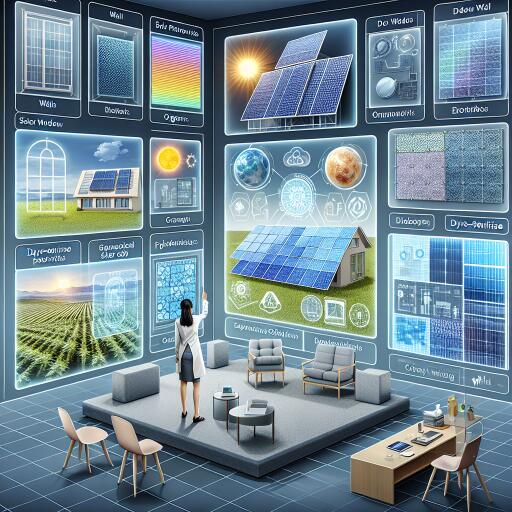All Indoor PV Technologies: A Comprehensive Overview
In the evolving landscape of solar energy, the exploration of indoor photovoltaic (PV) technologies has sparked significant interest among researchers worldwide. A groundbreaking review has meticulously documented over 250 commercial and laboratory devices that span a wide array of technologies. This includes organic, dye-sensitized, and perovskite devices, alongside crystalline and amorphous silicon, III-V semiconductor, chalcogenide, and innovative lead-free alternative cells. Such an extensive coverage stems from the growing curiosity and demand for sustainable power sources within indoor environments.
The surge in exploration of indoor PV technologies reflects a burgeoning field aimed at harnessing low-light conditions common within homes and commercial spaces. With illumination levels typically around 200 lux in residential settings and up to 1000 lux in brightly lit commercial arenas, the adoption of indoor PV systems could pave the way for a myriad of applications. Notably, electronic labels in supermarkets have emerged as one of the first applications, showcasing the potential for these technologies to sustainably power devices in a variety of settings.
Internet-of-Things (IoT) applications represent another promising avenue for indoor PV technologies. Envisioned as a solution for perpetually powered sensors without the need for battery replacements, these technologies could revolutionize how we monitor and interact with our environments. The dream of a “fit and forget” deployment model for sensors monitoring temperatures or other environmental parameters is inching closer to reality, underscoring the transformative potential of indoor PV technologies.
The research delved into the power conversion efficiencies (PCE) and maximum power densities (MPD) of various cell technologies under indoor lighting conditions. Remarkably, perovskite solar cells have demonstrated superior performance in both efficiency and power output across different lighting conditions. On the other hand, organic photovoltaic (OPV) devices exhibited promising results under LED lighting, and dye-sensitized solar cells (DSSC) showed better performance under fluorescent lights. However, it’s crucial to approach these findings with caution due to the limited studies in some areas, making definitive conclusions challenging.
Another critical aspect of the study involved the evaluation of reporting standards for these technologies. The importance of standardized reporting protocols becomes clear when considering the diverse spectrum of indoor lighting sources, from LEDs to fluorescent and incandescent bulbs. Establishing a consistent framework for measuring performance under standardized lighting conditions is paramount for advancing the field and facilitating the integration of these technologies into commercial products.
Despite the promising advancements in indoor PV technologies, challenges remain, particularly regarding the stability of these systems under continuous indoor illumination. Efforts to address these challenges focus on selecting appropriate materials, optimizing device design, and improving manufacturing processes. These strategies aim not only to enhance the performance and stability of indoor PV devices but also to reduce costs and streamline their integration with electronic products.
As the field advances, the development of best practices for reporting, illumination, and measurement conditions for indoor PV is underway. Researchers are also exploring sustainable materials and fabrication processes to bolster the production of perovskite-based PV systems for indoor use. These initiatives represent steps toward a future where indoor PV technologies play a pivotal role in powering devices and sensors, contributing to the broader goal of energy sustainability and efficiency.
With the continuous refinement of these technologies and the exploration of innovative solutions, indoor PV could significantly impact how we approach energy harvesting in indoor environments. The integration of such sustainable power sources promises to enhance the autonomy of IoT devices and other electronic products, marking a significant leap forward in our journey toward greener, more energy-efficient indoor spaces.










